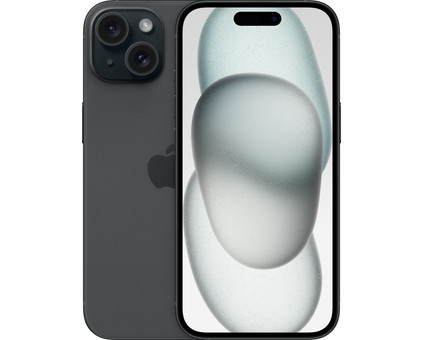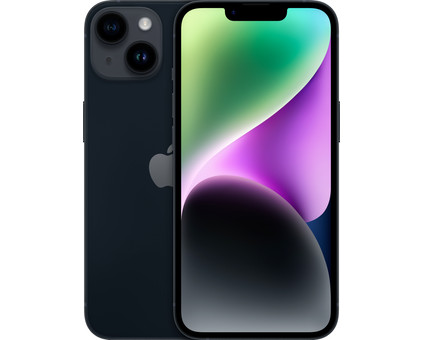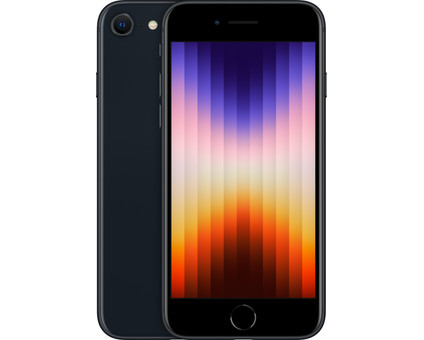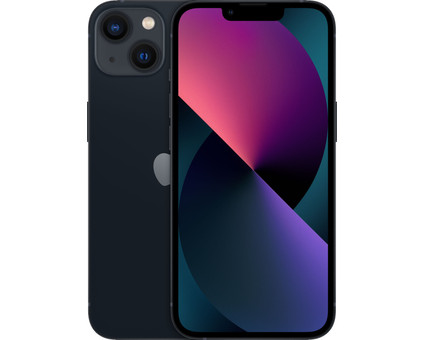
How long will your refurbished iPhone receive iOS updates?
Last expected update per model
| Expected last iOS update | Year introduced | |
|---|---|---|
| Refurbished iPhone X | September 2022 | 2017 |
| Refurbished iPhone Xs | September 2023 | 2018 |
| Refurbished iPhone Xr | September 2023 | 2018 |
| Refurbished iPhone 11 | September 2024 | 2019 |
| Refurbished iPhone 11 Pro (Max) | September 2024 | 2019 |
| Refurbished iPhone SE 2020 | September 2025 | 2020 |
| Refurbished iPhone 12 | September 2025 | 2020 |
| Refurbished iPhone 12 Mini | September 2025 | 2020 |
| Refurbished iPhone 13 (Mini, Pro, Pro Max) | September 2026 | 2021 |
| Refurbished iPhone SE 2022 | September 2027 | 2022 |
| Refurbished iPhone 14 (Plus, Pro, Pro Max) | September 2027 | 2022 |
| Refurbished iPhone 15 (Plus, Pro, Pro Max) | September 2028 | 2023 |
Refurbished iPhone models with the longest update policy
Which iPhone models still receive updates?

The newer the iPhone model, the longer you can benefit from the latest iOS updates. For example, the iPhone X supports fewer software updates than the iPhone 11. In the following list, you can find the last year in which the refurbished iPhone model can get a software update. You can use the latest functions until the next software update.
Which iPhone models don't receive updates anymore?

Here, you'll find which iPhone models no longer receive new iOS updates.
- iPhone X
- iPhone 8 (Plus)
- iPhone SE (1st generation)
- iPhone 7 and 7 Plus
- iPhone 6(S) and 6(S) Plus
- iPhone 5, 5S, and 5C
- iPhone 4 and 4S
- Older models
What if your iPhone doesn't get any more iOS updates?

You can continue to use your device if your iPhone no longer receives software updates. You just use an older iOS version and can't use the newest functions. You'll still receive security updates, but not as often. This means you can still safely use your iPhone.
Why aren't certain iPhone models supported anymore?

Each year, new iPhone models get a more powerful processor, a better camera, and all kinds of other technical improvements. To optimally support the increasingly powerful smartphones, they need a new software update every year. After about 6 years, the new software updates are made specifically for the later models. This means they're of no use to older models. The iPhone 6s from 2015 has an outdated chip that's unsuitable for the latest iOS version, for example






